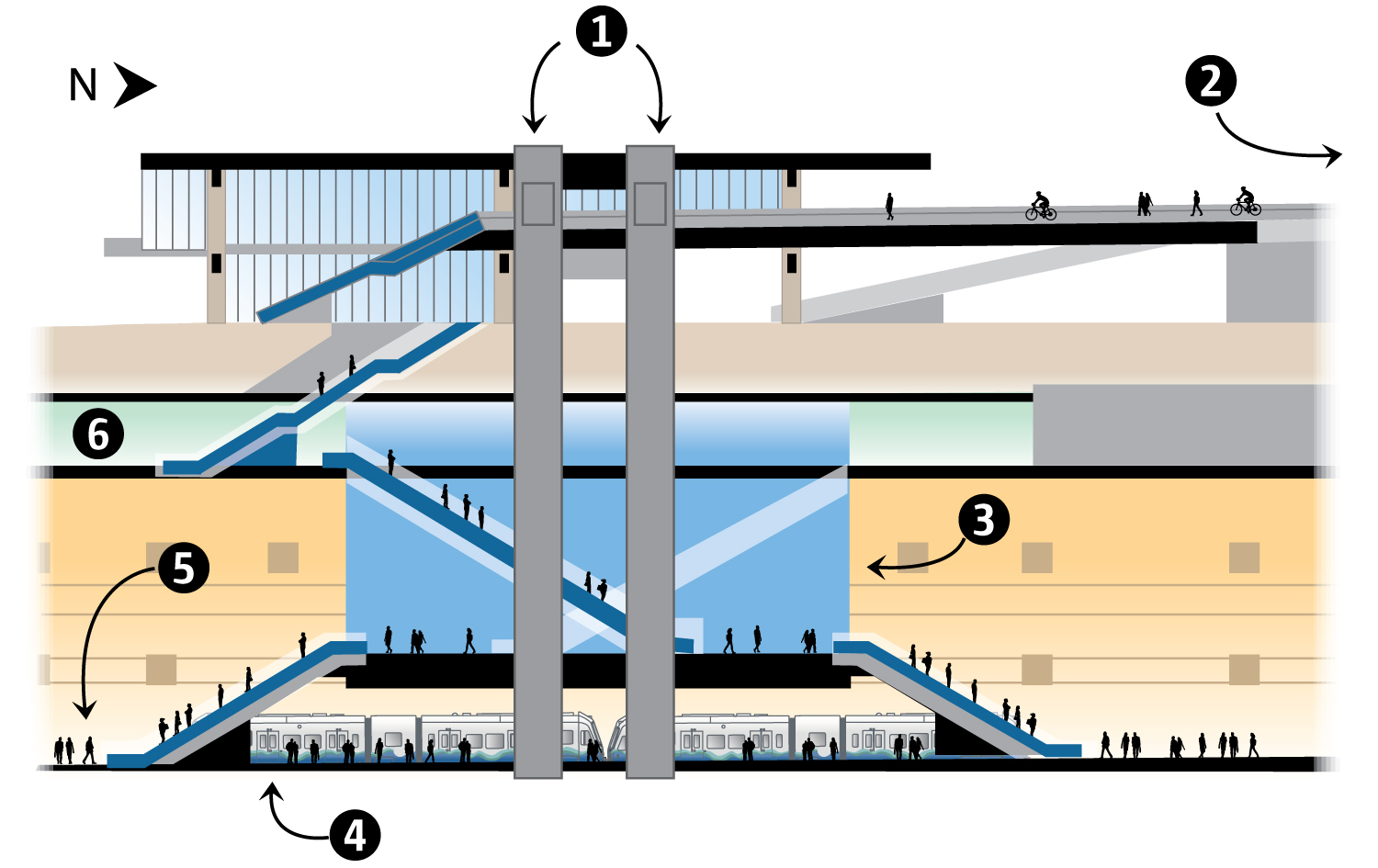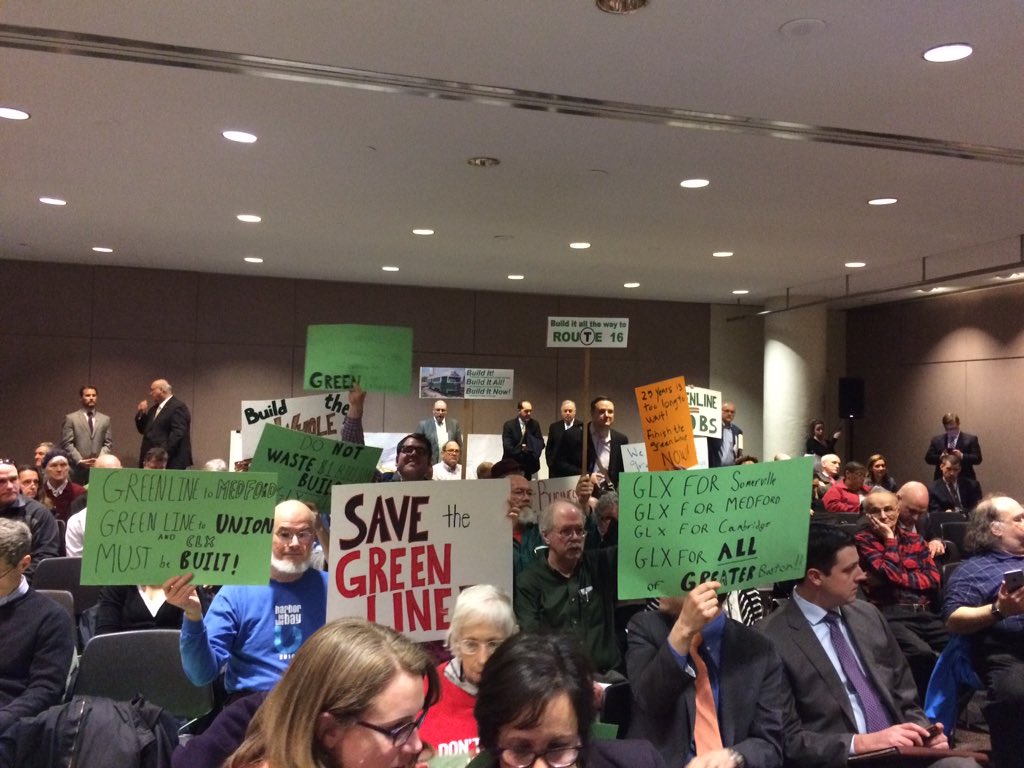whighlander
Senior Member
- Joined
- Aug 14, 2006
- Messages
- 7,812
- Reaction score
- 647
The big project premium is because you are paying an extra 3 layers of subcontractors to bid out large chunks of the project and each layer gets a 40% cut for handing out the work down to the guys really doing the work. Until you break down the project into parts that the smaller companies can bid on, then you won't get real competition and you will be stuck paying all the middlemen's premiums. Looking at the pieces of the project individually and adding up what they would cost to contract out individually leads you to that conclusion. However...
"Eliminating the middleman is never as simple as it sounds. 'Bout 50% of the human race is middlemen, and they don't take kindly to being eliminated"
Tangent -- Plus there is a role for middlemen or middlewomen -- coordination
It doesn't do much good if the beautifully designed and constructed center island stations can''t connect to the intermediate track because they are the wrong width
So its all about the balance between finely divided contracts with the T's own responsible to make sure nothing slipped between the tracks and hiring a Bechtel and assuming that everything is in good hands.
As a point of reference -- there is a story recently that the rebuild of the Commonwealth Ave bridge deck over the Pike and rail at the BU Bridge has been held up for a year because the design specs for the steel girders were screwed-up by one of the contractors



